NASA launches robotic archaeologist Lucy on ambitious mission to Trojan asteroids
Lucy will visit 8 asteroids over the next 12 years.
CAPE CANAVERAL, Fla. — NASA's newest asteroid probe, named Lucy, blasted off from Kennedy Space Center here in Florida to embark on a 12-year mission to study two different clusters of asteroids around Jupiter known as Trojans.
These swarms represent the final unexplored regions of asteroids in the solar system. Lucy, acting as a robotic archaeologist, will help to answer questions about how the giant planets formed.
Perched atop a United Launch Alliance (ULA) Atlas V rocket, the refrigerator-sized spacecraft lit up the predawn skies above Cape Canaveral as it leapt off its launch pad right on time at 5:34 a.m. EDT (0934 GMT) Saturday morning (Oct. 16). Just under two hours after launch, NASA confirmed Lucy's solar arrays had deployed and it had successfully phoned home.
Related: Meet the 8 asteroids NASA's Lucy spacecraft will visit
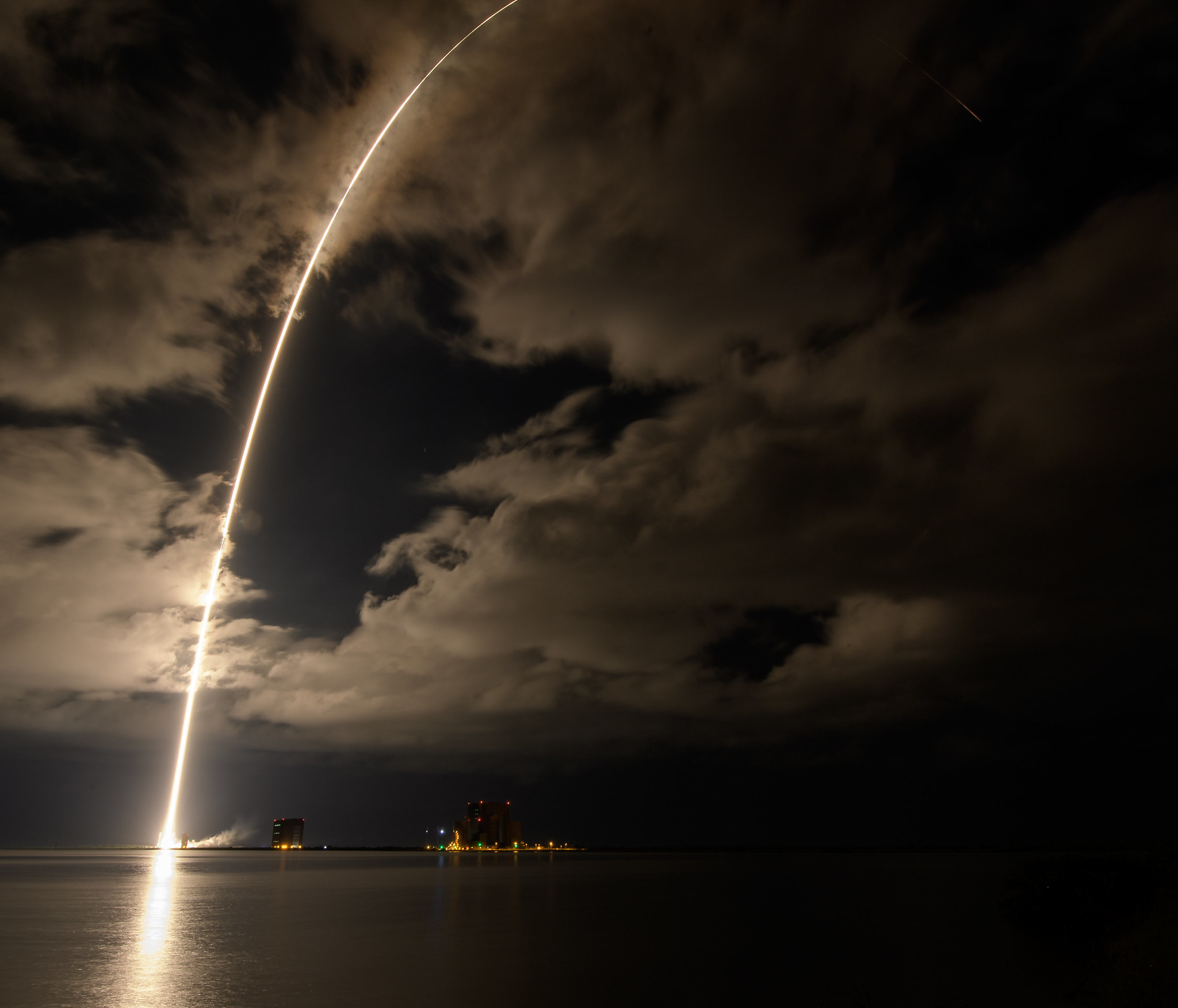


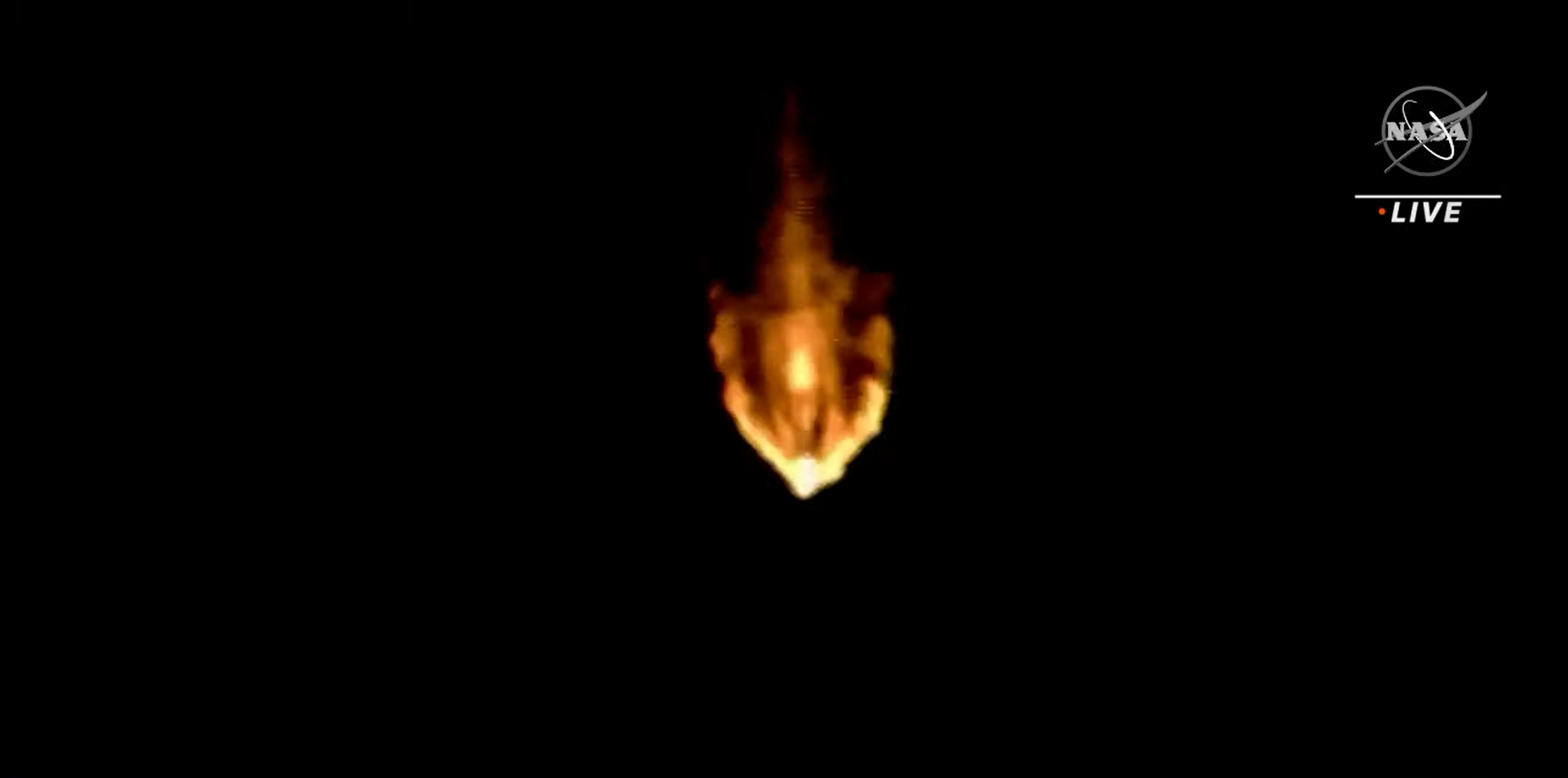



Lucy will spend the next six years cruising through the solar system, looping around the Earth twice in order to build up enough momentum to reach Jupiter. The spacecraft will fly by a total of eight different asteroids (seven Trojans, which are located in two separate swarms, ahead of and behind the massive planet in its orbit, and one main belt) in order to help scientists better understand how the solar system evolved. Researchers believe that the Trojans are perfectly preserved cosmic time capsules and hope that studying them could shed more light on the origin of the solar system and how the giant planets formed.
"The reason why [the Trojans] are important scientifically is that they were essentially leftovers," Hal Levison, Lucy's principal investigator at the Southwest Research Institute, told Space.com.
Believed to be fragments of the early solar system, the Trojans are gravitationally locked in stable orbits at the same distance from the sun as Jupiter. With the help of a suite of scientific instruments, Lucy will study the geology, composition, density and structure of each of its Trojan targets.
Sign up for the Live Science daily newsletter now
Get the world’s most fascinating discoveries delivered straight to your inbox.
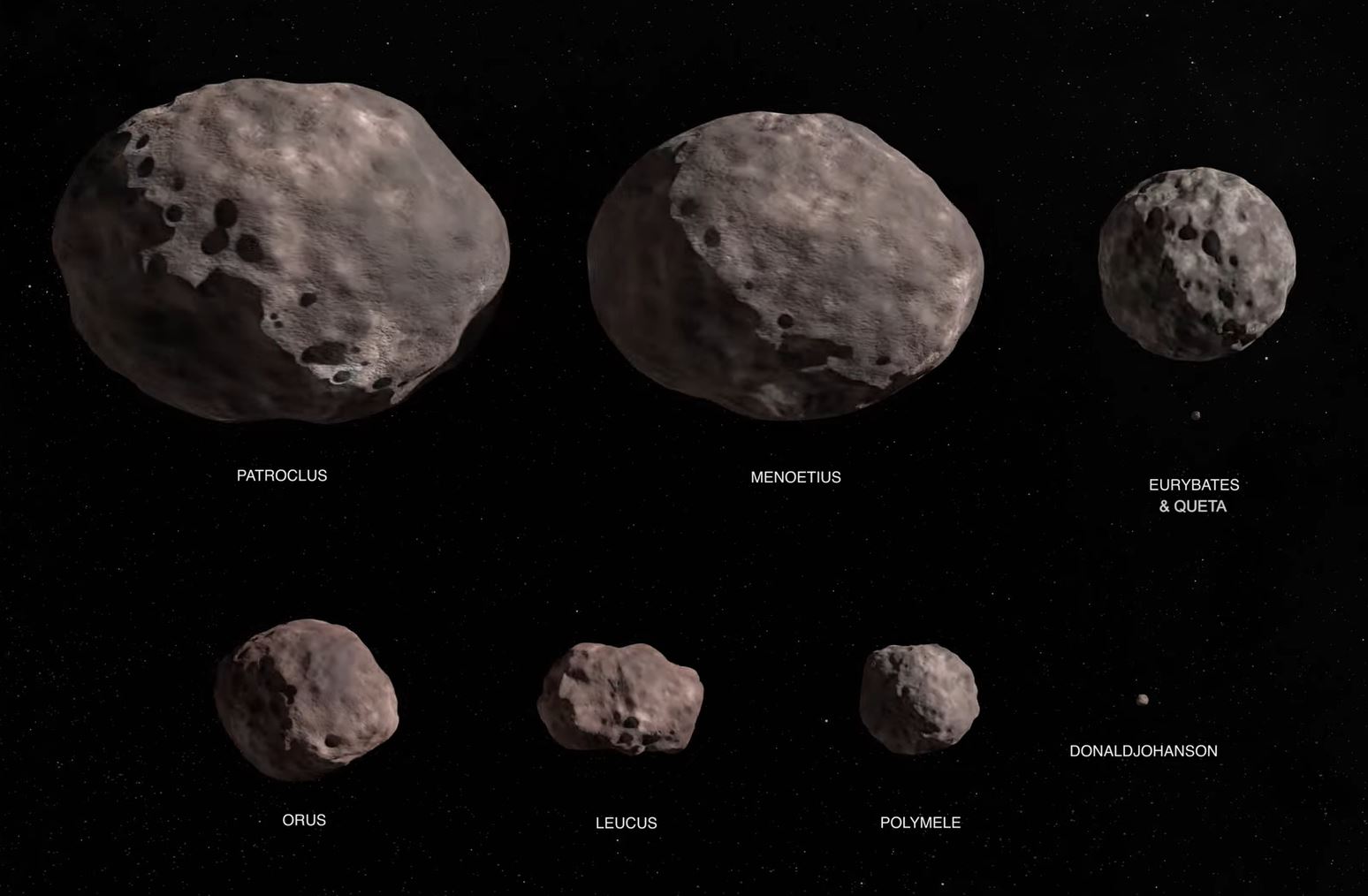
To date, space agencies around the world have explored a variety of small bodies from the asteroid belt to near-Earth asteroids (using projects like Japan's Hayabusa mission and NASA's OSIRIS-REx) to the icy expanse of the Kuiper belt.
But one area remains unexplored: the Trojan swarms around Jupiter. Approximately 10,000 objects have been discovered in these two regions ranging from a few kilometers across to hundreds of kilometers in diameter. First spotted more than a century ago, astronomers at the time were naming the objects after heroes in Homer's Iliad, earning the region's inhabitants the name "Trojans."
Lucy in the sky
The mission is named "Lucy" as a nod to the 3.2 million-year-old hominin skeleton discovered in 1974 by a paleoanthropologist named Donald Johanson. At the time, the skeleton was the oldest and most complete hominin discovered and it revealed some secrets of human evolution. NASA named its newest spacecraft Lucy because it hopes that the robotic probe can help unlock some secrets of solar system evolution.
"I will never look at Jupiter the same," Johanson said after watching the Lucy mission launch from Florida. "To be out here this morning was absolutely mind-expanding, and it was such a positive experience."

"You know, the world is going through some tribulations, something as positive as this people should look at and see what the creativity of the human mind can do," Johanson continued in a live NASA interview. "And there it is, she's on her way and she will tell us so much. I just had goosebumps."
The Lucy fossil got its name from the Beatles' famous tune, "Lucy in the Sky with Diamonds," which was playing at the campsite at the time of the fossil's discovery. As such, the spacecraft is carrying a plaque with some of the song lyrics, along with lyrics from other songs by the Beatles and by other artists.
In 2025, Lucy will reach its first target: a small asteroid in the main belt between Mars and Jupiter named for Johanson (Asteroid 52246 Donaldjohanson). The spacecraft will test its sensors on the small asteroid as a practice run before its main mission: flying by seven different Trojan asteroids, ranging in size from a tiny moon to a large binary asteroid.
Planetary conundrum
Early theories as to how the solar system formed envisioned a star in the center of a rotating disk of protoplanetary material. Gradually, the material would condense and collect in clumps to form the planets.
But when planetary scientist Hal Levison tried to simulate this, he kept running into a problem: the orbits of Uranus and Neptune did not match up. It was impossible to build these two giant planets in their current orbits. So, Levison tweaked his simulation and developed a new model called the Nice model of solar system evolution, which suggests that the giant planets formed much closer to the sun.
Thanks to the increasingly eccentric orbits of young Jupiter and Saturn, the solar system was rearranged and Neptune and Uranus were kicked out of place and flung into the outer solar system. As they migrated outward, they scattered the small bodies of the solar system. Comets and asteroids were flung to the deep outer solar system, and some were even ejected out of the solar system and into the Milky Way.
As this was happening, a small set of the scattered asteroids were trapped by Jupiter's gravitational tractor beam and locked in an orbital dance at two of Jupiter's permanent Lagrange points, which are regions of space where the gravitational and orbital influences of the planet and the sun are balanced.
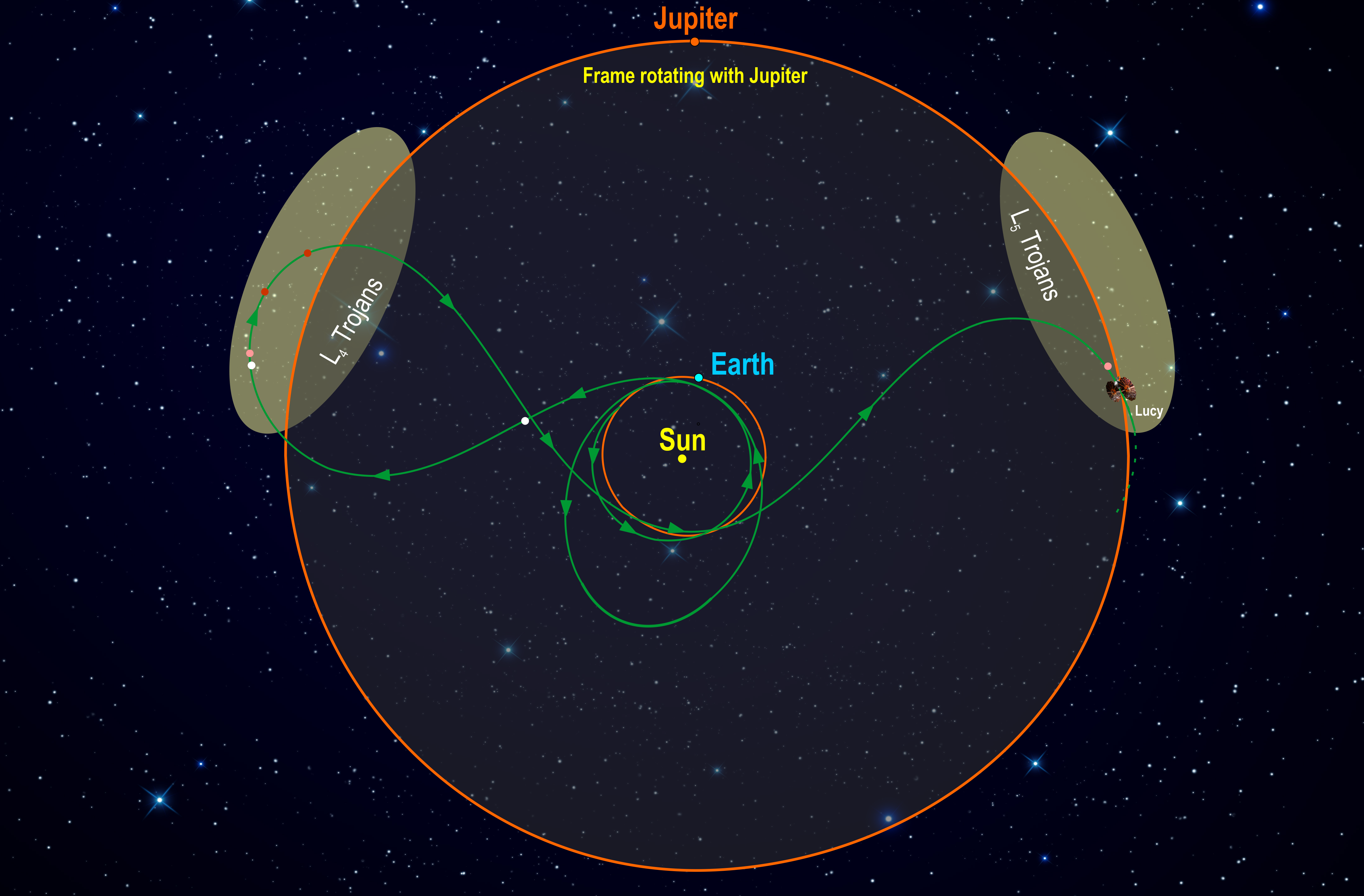
These regions, known as Trojan swarms, both lead and trail Jupiter in its orbit. The asteroids that are trapped in these two different swarms are believed to be the bits and pieces of the giant planets leftover after their formation.
"Surprisingly, the Trojans are all physically very different from one another but together, occupy a really small region of space," Levison said. "That diverse population in such a small region is telling us something important about the early evolution of the solar system."
Levison said the team just needs to unlock those secrets. Lucy was chosen to do just that. It was selected to fly in 2014 as part of NASA's Discovery program, which allows scientists to compete for smaller mission proposals.
Lucy is equipped with multiple cameras that will image each of its targets in multiple wavelengths in order to analyze geophysical properties. For instance, by counting and measuring the number of craters on the surface of these asteroids, scientists can determine how old an asteroid is. (The older an asteroid's surface is, the more craters will be present.)
Scientists will also analyze the color of the asteroids' surfaces, which can provide some insight into what the rocks are made of. Together with thermal measurements and infrared spectra, scientists are hoping to pinpoint the composition of each asteroid. NASA is especially interested in the notion of finding primordial organic material on asteroids because billions of years ago, this material may have seeded Earth with the chemical ingredients necessary for life thanks to asteroid impacts.
Each asteroid encounter will be at an altitude of 600 miles (970 km) or less from the Trojan's surface. And after the final flyby, if the spacecraft is in good health, NASA could green light an extended mission and target future asteroids or other celestial objects for further analysis.
Solar-powered spacecraft
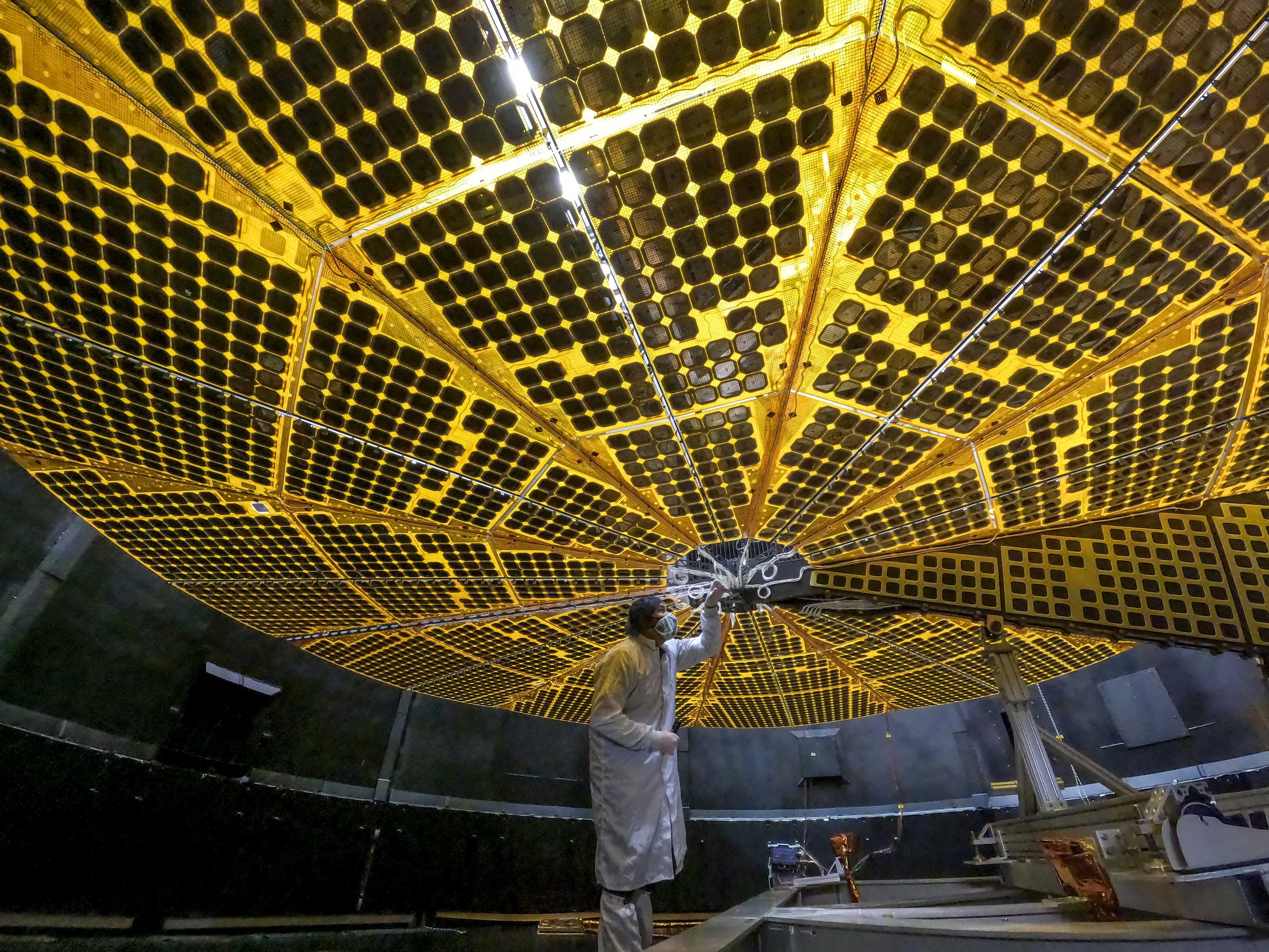
During its 12-year mission, Lucy will rely on two giant solar arrays, which will expand outward like folding fans shortly after launch. Its unique looping trajectory will carry it farther from the sun than any solar-powered spacecraft has ever flown before.
The design is based on the same design that currently powers the InSight Mars lander, only much larger. The solar panels will provide about 500 watts of power while the spacecraft is flying past the Trojan asteroids, Katie Oakman, Lucy structures and mechanisms lead at Lockheed Martin Space, which built the spacecraft, said during a news conference held on Thursday (Oct. 14).
Lucy will soar through Jovian Lagrange points and swinging back around Earth multiple times. In fact, team members say that Lucy could thrive in this loop-to-loop trajectory for as long as its onboard fuel reserves last. As such, the agency has equipped Lucy with a "time capsule" of poetry, quotes and song lyrics, in the hope that one day far in the future, space-faring humans might recover the spacecraft and discover Lucy's treasure trove of information on what life was like in the 21st century.
Levison says that when Lucy has visited all of its targets and sent back all the data, he hopes that the team is able to determine where the Trojans formed. If data suggests that they formed in different places at different distances from the sun and were then swept into their current orbits, it would line up with his theory of solar system formation.
But that might not be what happens. If the team discovers something unexpected, Levison said that would be a very good thing. "My hope will be to look at the current models of solar system formation — including my own work — and discover that it wasn't as simple as we thought and that we have to start over from scratch," he said.
Ride to space
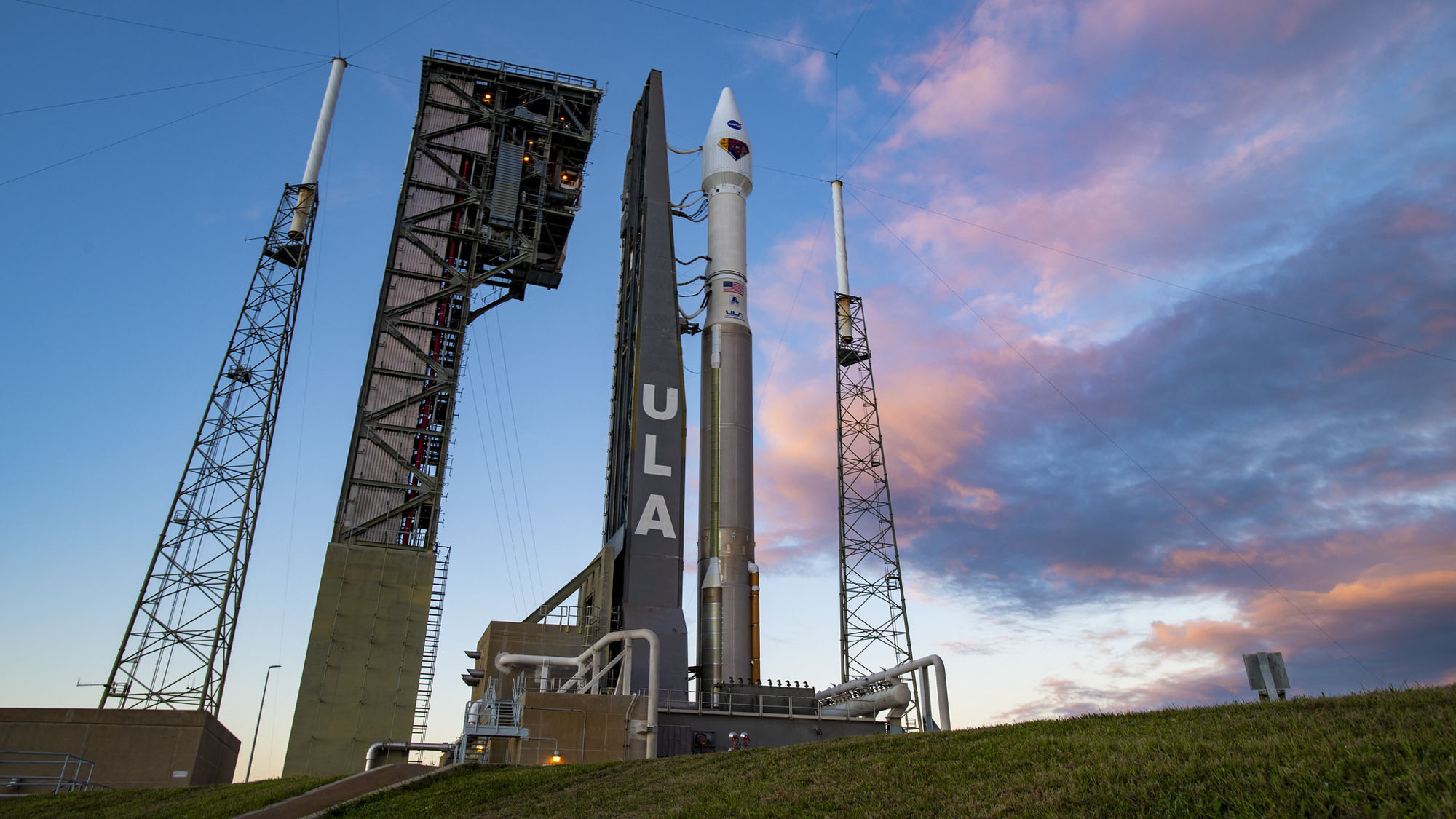
Lucy's liftoff marked the 100th launch from ULA's facilities at Space Launch 41 here at Cape Canaveral Space Force Station. It's also the 89th launch of an Atlas V, and the 146th overall launch for ULA since its formation in 2006.
The rocket used in Saturday's flight is the most basic version of an Atlas V, called a 401 configuration. For this vehicle, the rocket features a 4-meter payload fairing, a single-engine Centaur upper stage and no solid rocket boosters.
It was originally slated to carry a different payload: Boeing's Starliner crew capsule. That spacecraft was slated to blast off in August, but was forced to stand down after a series of valves in the craft's propulsion system were stuck shut. Starliner was ferried back to Boeing's factory for engineers to troubleshoot the anomaly, while its rocket was stripped of its dual-engine Centaur upper stage in favor of the single engine version needed to launch Lucy.
Starliner will not be able to launch now until sometime in 2022 due to traffic at the International Space Station and other payloads, namely Lucy, that needed to go ahead and launch. Plus the teams still need to figure out what's going on with those pesky propulsion valves.
Up next for ULA is the launch of a rideshare mission called STP-3. It will blast off sometime in November, carrying payloads for the U.S. Space Force.
Follow Amy Thompson on Twitter @astrogingersnap. Follow us on Twitter @Spacedotcom or Facebook.










